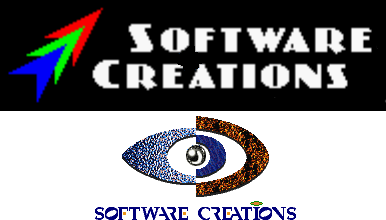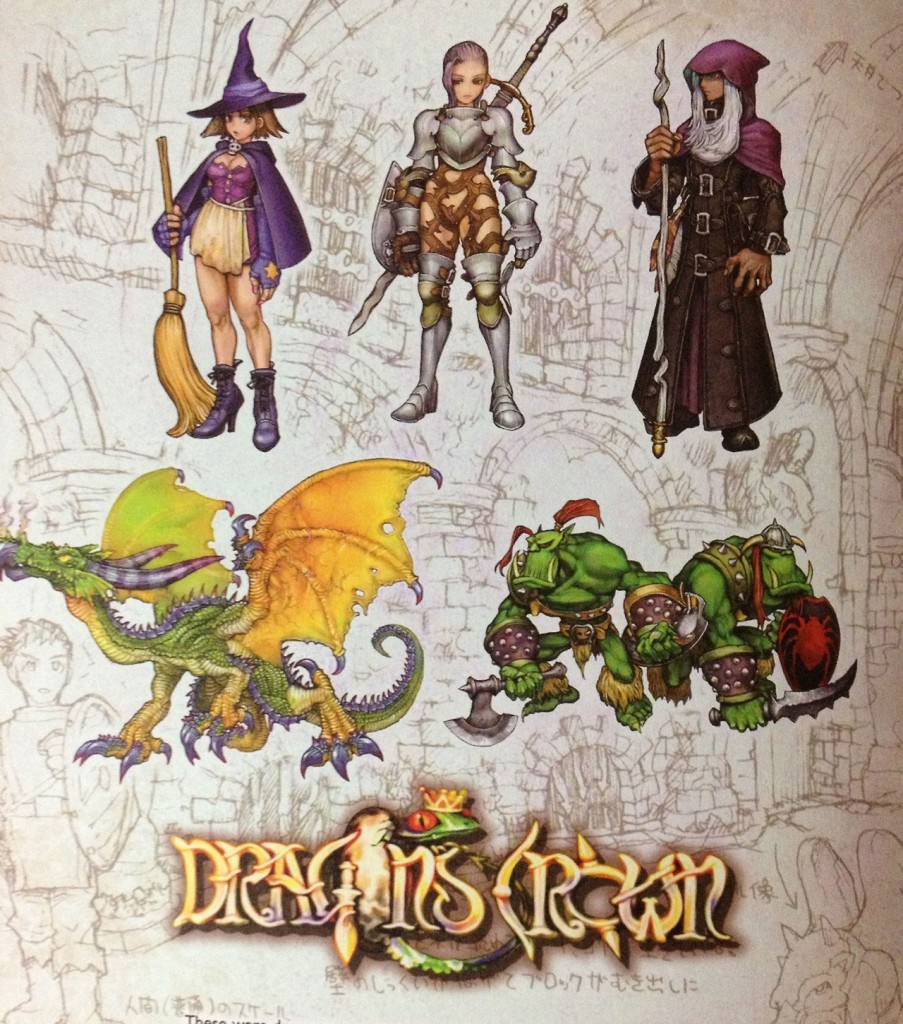Clockwork Aquario (Tokeijikake no Aquario in Japanese) is an arcade game developed by Escape / WestOne Bit Entertainment, the same guys behind the Wonderboy series, that was cancelled in 1994 after about two years of development.
In 2011 Johnny Undaunted, a lostlevels forum user, translated an interview with the game’s music composer…
Sakamoto: It was going to be similar to Wonder Boy 3: Monster Lair. It was going to be a forced side-scrolling game, but with a bit of a cooperative multiplayer mode. It was originally going to be a 2-players game, but then we decided to add a third player as well. The three characters consisted of a boy (named Hack Rondo), a girl (Elle Moon), and a robot (Gash). The method of attack was by stomping on enemies and then grabbing them to throw them out. Oh, I think you could even catch enemies thrown by other players as well or something like that. You could even head butt thrown enemies thrown at you.
…and some notes wrote by a japanese gamer who played Aquario in 1993 in a location testing
Aquario was a Super Mario Bros.-type side-scrolling action game. The controls originally consisted of three action buttons (“throw”, “jump” and “invincibility”).
Enemies are attacked first by jumping over them, rendering them unconscious. When the player moves towards an unconscious enemy, he automatically picks it up. At this point the player can throw the enemy by pressing the throw button. Enemies that are thrown flies off in a single horizontal line and are defeated by flying off-screen or being bashed to a wall. Thrown enemies can be used to knock other enemies unconscious as well. Moreover, by holding the joystick upwards, enemies can be thrown to the top of the screen as well.
Pressing the invincibility button makes the player invincible to enemies for a brief period. In the upper portion of the screen, there’s an invincibility gauge underneath the score display and when it reaches zero, the player’s invincibility will wear off. The gauge can be replenished by picking up items.
The key to the exit of each stage is kept by a sub-boss. By defeating the sub-boss, the player can obtain the key and use it to enter the boss’ lair. Each boss can be defeated by jumping over him repeatedly or by throwing his henchmen to him. The boss of the first stage in this version was a crab.
The game featured a 2-hit points per life system similar to Ghosts ‘n Goblins and Midnight Wanderers, in which getting hit once would make the player’s clothes look tattered, and then getting hit a second time would make him lose a life. The player’s clothes can be restored by picking up a health power-up.
* Impressions of the June 14 version.
This version was really difficult. I couldn’t defeat the crab boss after several plays. It was a pretty difficult experience for novice players, since enemies move quickly and a lot of fake-outs are used by them. The invincibility button was difficult to use as well. Because it was difficulty to predict what kind of dangers would face in these kinds of action games, getting through them was simply a matter of “pressing the button on time”. There were also unfair trap placement as well, such as the snapping trap in Stage 1. The game was still unfinished at the time, as there were bugs such as glitched text display during the playing instructions at the start of the game. However, the colorful graphics really caught my attention.
*August 15, 1993
Another location test for Aquario was held, this time in the comic book shop near the Spo-Lan in Shinjuku Nishiguchi. The content of the game were greatly altered since the last location test, to the point that the game was almost completed.
Impressions of the August 15 revision.
The number of action buttons was reduced to only two (punch and jump). This time, invincibility is only provided by a power-up item for a limited period (similar to the Starman in Super Mario Bros.). The invincibility gauge was replaced with a 1UP gauge that gives player an extra life when filled and it seems enemies are now defeated by knocking them unconscious with a punch, moving onto the unconscious enemy, and then throwing them. It was also possible to defeat enemies by simply punching an unconscious enemy further until he disappears . Since players were irritated that they were unable to defeat enemies quickly in the June 14 version, the resulting changes in this version made the game easier to play in longer periods. Perhaps because of this, the game was still deemed unsafe to release to the market yet.
*August 29, 1993
Once again location testing was held in the Spo-Land store in Shinjuku Nishiguchi. I was wondering at this point why it wasn’t already released yet (how unfortunate).
Changes made in the August 29 revision.
The differences are very minor this time. However, there seems to be a 2-Players competitive mode this time (there wasn’t one in the August 15 version). I have no idea how it worked because I never saw it in action. From what I remember, a few graphical details were changed, but I didn’t have much difficulty. Even though I wanted the game to come out already, I had a bad premonition at the time.
It was the last day I ever saw the game. I heard stories that another location test was conducted in the Spring of ’94, but I’m not sure what changes were done at that point. Because of this, I now associated location tests with the process of a game company coming up with the decision of having to cancel a game. I thought to myself I shouldn’t get too involved with location tests. However, I must consider myself fortunate to have the chance to had played this game due to my fascination with the company’s Monster World series.
Thanks to an hardcoregaming 101 interview with Ryuichi Nishizawa, director of Aquario and of almost all the Wonderboy games, we also know that the source code survived and the reasons behind the game’s cancellation:
“Aquario of the Clockwork” was the last arcade game developed by my company. I had been working and suffering for a long time to complete it, but the location test results were poor. It was an eccentric action game with three player simultaneous play. The graphics were quite excellent, but it was not released, unfortunately. The program is located in the archives of my company, so I do not have any screenshots.
The soundtrack of Aquario is available to buy here. For more informations check this hardcore gaming 101 blog post. Thanks to Youloute for the contribution!
Images:


